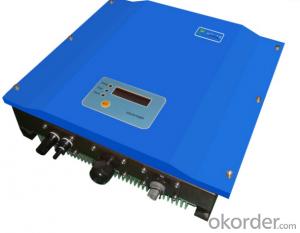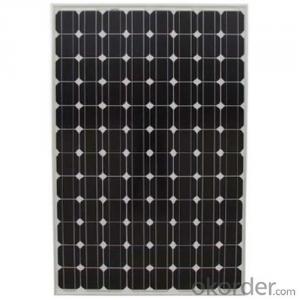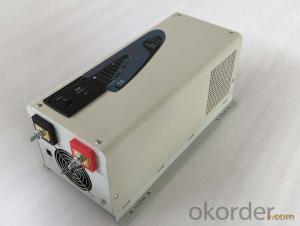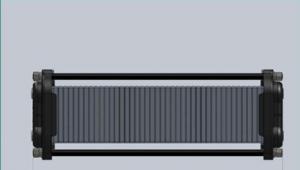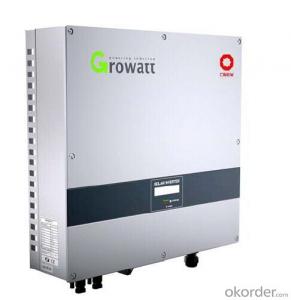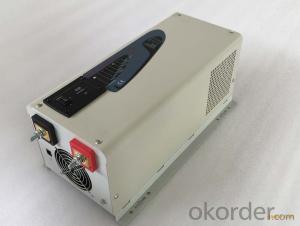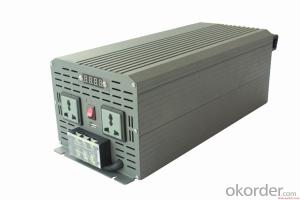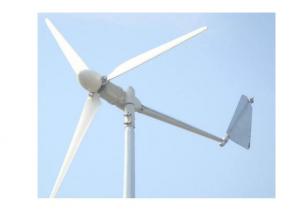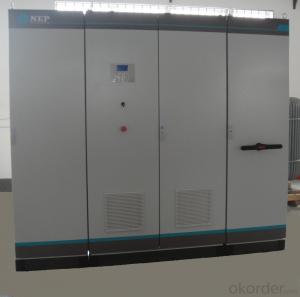1000kw Solar Inverter
1000kw Solar Inverter Related Searches
1000 Watt Solar Inverter 1000w Solar Inverter 1000 W Solar Inverter 1000 Watt Solar Power Inverter Solar 1000 Watt Power Inverter Solar Power Inverter 1000w 1000 Watt Solar Panel Inverter China Solar Inverter 1000kw 1000 Watt Inverter Solar Panel 10000 Watt Solar Inverter 10000w Solar Inverter 10000w Solar Power Inverter Solar Inverter 1000 Watt Price 1000 Watt Solar Inverter Price 1000w Solar Inverter Price Solar Inverter 10000 Watt Solar Power Inverter 10000w 10kw Solar Inverter 1100va Solar Inverter 10kw Inverter Solar 12000 Watt Solar Inverter 10kw Solar Power Inverter 1kw Solar Inverter 10kv Solar Inverter 100kw Solar Inverter Solar Inverter Off Grid 1000w Off Grid Solar Inverter 1000w 1000w Solar Grid Tie Inverter 500kw Solar Inverter 10k Solar Inverter1000kw Solar Inverter Supplier & Manufacturer from China
The 1000kw Solar Inverter is a high-capacity power conversion device designed to efficiently transform the energy generated by solar panels into usable electrical power for various applications. This product is engineered to handle large-scale solar energy systems, making it a key component in the renewable energy industry. The 1000kw Solar Inverter is widely used in commercial, industrial, and utility-scale solar power installations, where it plays a crucial role in optimizing energy output and ensuring reliable performance. Its robust design and advanced features make it suitable for a range of environments and weather conditions, ensuring consistent energy generation and reducing the overall cost of solar power projects.Okorder.com is a leading wholesale supplier of the 1000kw Solar Inverter, offering a vast inventory of this essential product to meet the growing demand for renewable energy solutions. As an established platform for sourcing high-quality solar inverters, Okorder.com provides customers with access to a diverse range of 1000kw Solar Inverter models from reputable manufacturers. This ensures that buyers can find the perfect match for their specific energy needs and project requirements. With a commitment to customer satisfaction and a focus on providing reliable, efficient products, Okorder.com stands out as a trusted source for 1000kw Solar Inverters and other solar power equipment.
Hot Products





